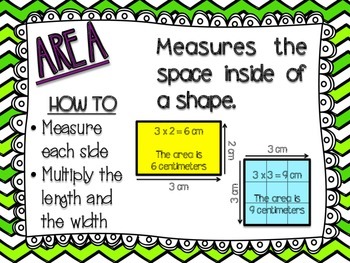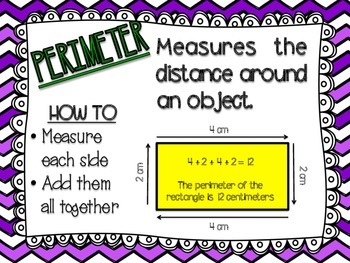We have details on our website:
On Tuesday May 8th, we are getting our group class pictures taken!
Grade 4's have the Transition Day at RMS on May 9th.
Poetry
We have been knees deep in some poetry the past couple of weeks! Students have read various forms of poetry, discussed the elements and worked with some figurative language!
We worked with this by doing a senses poem. Students used their senses to write a poem about 1 of the four seasons, describing colours, smells, tastes, touches and sounds.
Figurative Language - Good writers use words or phrases to add detail, interest, and voice to their poems.
The first technique we looked at was alliteration. This is when 2 or more words have the same beginning sounds. This can be back to back, or within a phrase. Students practiced their alliteration skills writing an Animal Alliteration Poem! This is always so much fun!
They did an awesome job, and this is an easy game to play at home too!
Similes and Metaphors were up next! These two figurative language techniques are comparison statements. Similes are comparison of two objects using the words "like" or "as", such as "Ms. Potter is as sweet as candy".
Where as a metaphor is a comparison of two objects to show how alike or different they are. Such as, "Ms. Potter is a fish in the water".
Students worked in pairs to create some Partner similes! They wrote similes about each other and drew pictures of what they would look like!
To venture with different forms, right before Earth Day (April 22) we created some Acrostic Earth Poems!
As a class, we brainstormed
Math
We have moved onto to Perimeter (Gr 3 & 4) and Area (Gr 4) in math.


Students have been working on these skills in their workbooks on practice questions, and creating some interesting "Dream Backyards" on grid paper. Using grid paper, they made shapes of things you might find in their yard, such as pools, gardens, sheds, etc. They then found the perimeter of each shapes/object.





